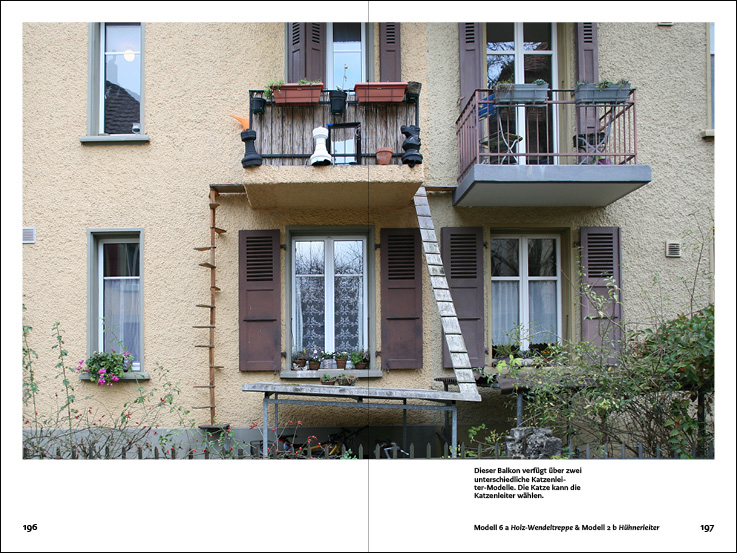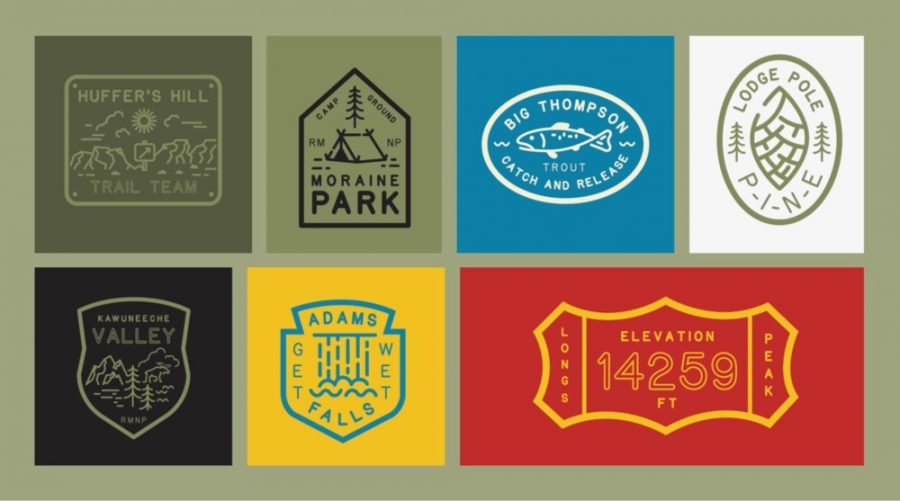In Good Omens—the six-episode adaptation of Terry Pratchett and Neil Gaiman’s satirical fantasy about the Biblical end of the world—a running joke relies on the viewer’s offhand knowledge of the Velvet Underground’s significance. A refined, rare bookshop-owning angel calls the band “bebop” and has no idea who they are or what they sound like, a forgivable sin in the 70s, but seriously out of touch decades later in the 21st century.
The scheming supernatural agent should probably know that the Lou Reed (and briefly Nico)-fronted, Andy Warhol-managed late-1960s-70s experimental New York art rock band had an outsized influence on human affairs. Bridging a divide no one even knew existed between beat poetry, avant-garde jazz, psychedelic garage rock, doo-wop, and European folk music, the band is anecdotally credited with launching thousands of others—having as much impact, perhaps, on modern rock as Charlie Parker had on modern jazz.
Warhol could not have known any of this when he decided to sponsor and promote the Velvet Underground in 1966. He only managed the band for a year, in what seemed like both a stunt and a performance art project, part of his traveling multimedia show Exploding Plastic Inevitable, which he calls “the biggest discotheque in the world” in the 1966 interview above. Warhol acted, and the band reacted, shaping themselves around his provocations. He projected high-contrast films at them onstage, they put on sunglasses. He pushed deadpan German model and singer Nico on them, they wrote and recorded what some consider the greatest debut album in history.
Warhol couldn’t have known how any of it would pan out, but in hindsight his patronage can seem like a prescient, almost metaphysical, act of cultural subversion—and the work of a guileless savant compelled by vague intuitions and whims. He preferred to give off the latter impression, then let critics infer the former. Warhol explains that he has abandoned painting and started managing the band because “I hate objects, and I hate to go to museums and see pictures of the world, because they look so important and they don’t really mean anything.”
Few people doubt the management of his public persona was at least partially calculated. But so much of it clearly wasn’t—as evidenced by his own exhaustive recording of every detail of his life. Despite the amount of calculation ascribed to him, a quality the interviewer awkwardly tries to ask him about, he seems to have been stupefied about his own motivations much of the time, beyond the fact that he strongly liked and disliked certain simple things—Elvis, Campbell’s Soup, obscure blonde femme fatales. At other times, Warhol issued aphorisms as cryptic and profound as an ancient sage or post-war critical theorist.
Was the Velvet Underground more like Warhol’s uncomplicated love of cheeseburgers and Batman or more like his sophisticated deconstruction of film, media, and fashion, or are these not mutually exclusive ways of looking at his work? The question may not really concern music historians, for whom Warhol’s early influence was formative, but maybe musically marginal. But if we think of him as a motive force behind the band’s look and early sound—a kind of conscious creative reagent—we might be curious about what he meant by it, if anything.
Related Content:
The Big Ideas Behind Andy Warhol’s Art, and How They Can Help Us Build a Better World
Three “Anti-Films” by Andy Warhol: Sleep, Eat & Kiss
Josh Jones is a writer and musician based in Durham, NC. Follow him at @jdmagness









